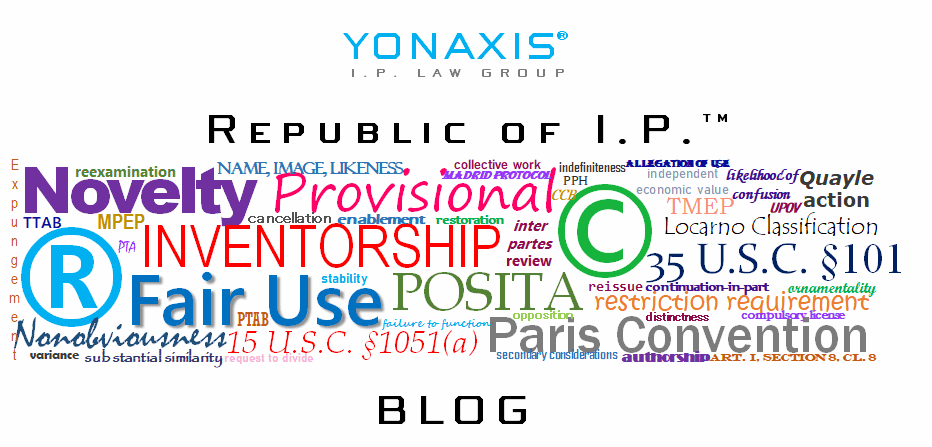The Lanham Act serves as the cornerstone of federal trademark law in the United States, establishing comprehensive protections for brands, consumers, and public figures alike. Among its many provisions, Section 2(c) stands out as a crucial safeguard for famous individuals and celebrities, preventing the unauthorized use of their names in trademark registrations.
What is Section 2(c)?
Section 2(c) of the Lanham Act prohibits the registration of trademarks that consist of or comprise a name, portrait, or signature identifying a particular living individual, except with that person’s written consent. This provision also extends protection to deceased presidents of the United States during the life of their surviving spouse, unless the spouse consents to the registration.
Section 2(c) reads: “No trademark by which the goods or services of one person may be distinguished from the goods or services of others shall be refused registration on the principal register on account of its nature unless it… (c) Consists of or comprises a name, portrait, or signature identifying a particular living individual except by his written consent, or the name, signature, or portrait of a deceased President of the United States during the life of his widow, if any, except by the written consent of the widow.”
Importance of Section 2(c)
This provision serves to protect celebrities and public figures. First, it prevents commercial exploitation of famous names without permission of that celebrity or public figure, ensuring that individuals maintain control over how their identity is used in commerce. Without this protection, entrepreneurs could potentially register celebrity names as trademarks for various goods and services, creating confusion in the marketplace and unfairly capitalizing on someone else’s fame and reputation.
Second, Section 2(c) helps preserve the integrity of celebrity brands and endorsements. When famous individuals carefully curate their public image and selectively endorse products, unauthorized trademark registrations could dilute their brand value and mislead consumers about actual endorsements or affiliations.
Third, this protection extends beyond commercial interests to encompass fundamental privacy and personality rights. Even public figures deserve some level of control over how their names are used commercially, and Section 2(c) provides a federal mechanism to enforce these rights.
The “Particular Living Individual” Standard
For Section 2(c) to apply, the name in question must identify a “particular living individual.” This means the name must be distinctive enough that consumers would immediately associate it with a specific person. Common surnames alone typically don’t meet this threshold, but combinations of first and last names, or even single names that are strongly associated with famous individuals, often do.
The determination involves analyzing whether the relevant public would recognize the name as referring to a specific person, considering factors such as the person’s level of fame, the uniqueness of the name, and the context in which the trademark would be used.
Vidal v. Elster
One of the most illustrative cases involving Section 2(c) principles is Vidal v. Elster:
Vidal v. Elster,1 involved Steve Elster’s attempt to register the mark TRUMP TOO SMALL after witnessing a 2016 presidential campaign exchange between Donald Trump and Marco Rubio. The U.S. Patent and Trademark Office denied his application under the Lanham Act’s “names clause.”
The case centered on Section 2(c) prohibiting registration of trademarks that consist of “a name . . . identifying a particular living individual except by his written consent.” Elster argued this restriction violated his First Amendment free speech rights.
Justice Clarence Thomas wrote for the unanimous Court, explaining that unlike other trademark restrictions, the names clause “did not discriminate on the basis of viewpoint” but was content-based. The Court applied a historical analysis rather than strict scrutiny.
Thomas found that “the Lanham Act’s names clause has ‘deep roots in our legal tradition'” and concluded that “a tradition of restricting the trademarking of names has coexisted with the First Amendment.”
The justices offered different analytical frameworks while reaching the same result. Justice Barrett proposed a reasonableness standard, while Justice Sotomayor emphasized that withholding benefits for content-based, viewpoint-neutral reasons doesn’t violate free speech when criteria are reasonable.
The decision was described as narrow, focusing specifically on the names clause rather than establishing a comprehensive framework for all trademark restrictions.
Practical Implications
Section 2(c) has significant implications for businesses seeking trademark protection. Companies must carefully consider whether proposed trademarks might identify living individuals, particularly celebrities or other well-known figures. This is especially important in industries where celebrity endorsements are common, such as fashion, entertainment, and consumer products.
Before filing trademark applications, businesses should conduct thorough searches not just for existing trademarks, but also for famous individuals whose names might conflict with proposed marks. Even if a celebrity hasn’t registered their name as a trademark, Section 2(c) can still block registration attempts by others.
Exceptions and Limitations
While Section 2(c) provides broad protection, it does have limitations. The prohibition only applies to trademark registration, not trademark use itself. Additionally, the protection is limited to names that identify “particular living individuals,” meaning deceased persons (other than deceased Presidents) generally don’t receive this protection.
Furthermore, if a person consents in writing to the use of their name in a trademark, Section 2(c) poses no barrier to registration. This has led to legitimate licensing arrangements where celebrities authorize the use of their names in trademarks for products they endorse or businesses they’re involved with.
Conclusion
Understanding Section 2(c) is crucial for trademark practitioners, businesses, and celebrities alike. It serves as a reminder that trademark law extends beyond mere commercial considerations to encompass fundamental rights of identity and reputation in our increasingly commercialized world. For more information, please contact Yonaxis I.P. Law Group.
- 602 U.S. 286 (2024), reversing In re Elster, 26 F.4th 1328 (Fed. Cir. 2022). ↩︎
